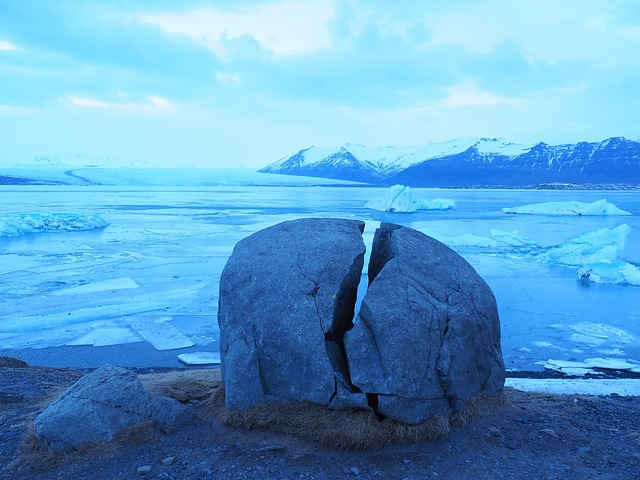As we witness the planet’s glaciers recede and the world’s temperature steadily rise, the consequences of climate change extend far beyond the visible landscape. One such repercussion is the increased incidence of diseases like leptospirosis, an infectious disease that poses a growing threat in our rapidly changing environment.
Leptospirosis is caused by the bacteria Leptospira, commonly found in water contaminated by animal urine. With the melting of ice caps and increased flooding in many regions, waterways are becoming more intertwined with human environments, creating a perfect storm for the transmission of this illness. The stagnant waters where the bacteria thrive are likely to become more widespread as urban areas flood, bringing dangerous pathogens into closer contact with human populations.
In tropical and subtropical regions especially, the risk of leptospirosis outbreaks rises with rising temperatures and extreme precipitation events. These changing climate patterns create an environment conducive to the survival and proliferation of the bacteria, leading to higher rates of infection among humans and animals alike. As a result, communities that are already vulnerable are finding themselves grappling with higher disease burdens.
However, it’s not just in tropical areas that leptospirosis poses a threat. As climate change alters ecosystems, the geographic range of many infectious diseases is expanding. As warmer climates emerge, regions previously untouched by leptospirosis could see new outbreaks, catching public health officials off guard. The disease’s symptoms, which can range from mild flu-like signs to severe liver damage, not only strain healthcare systems but also evoke deep-rooted fears about managing public health in a changing world.
Leptospirosis thus serves as a stark reminder of how interconnected our health is with the environment. As we focus on climate change, it is essential to recognize that our actions have consequences that reverberate through ecosystems and into our communities. From establishing better water management practices to enhancing disease surveillance in at-risk areas, urgent measures are needed to mitigate the impact of leptospirosis as our planet continues to warm.
By fostering a broader understanding of how climate change influences the spread of disease, we can empower communities to take proactive steps to protect themselves. Education and awareness are crucial catalysts for change, allowing individuals to understand the risks associated with leptospirosis and the importance of maintaining hygiene, especially in flood-prone areas.
In the face of melting environments and rising temperatures, we must rally together to uncover the impacts of changing climate on our health, reinforcing our commitment to preserving not just our planet, but the well-being of every person residing on it. Through collective action and awareness, we can combat the threats posed by diseases such as leptospirosis, ensuring a healthier future in a warming world.


